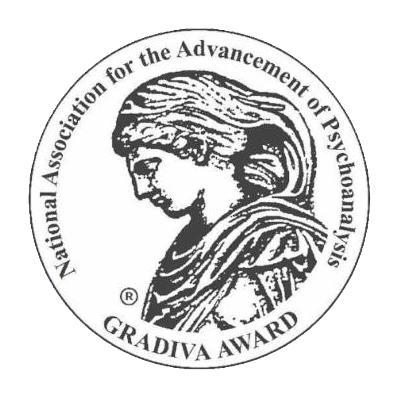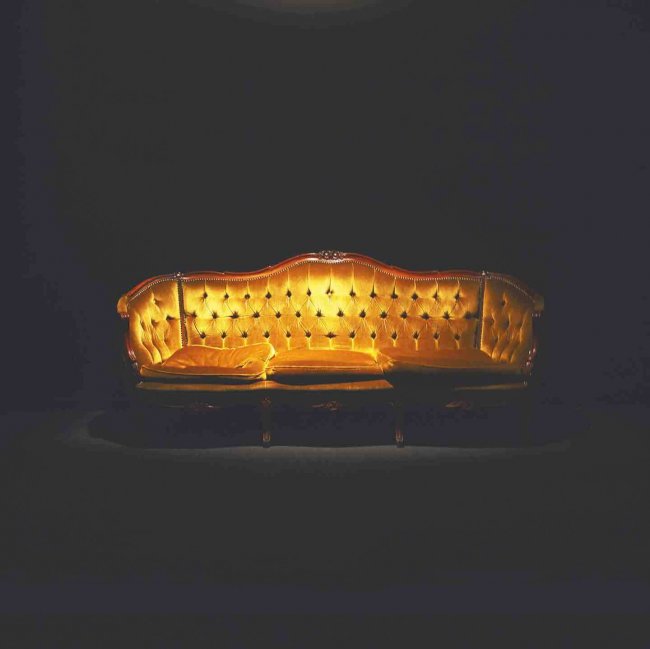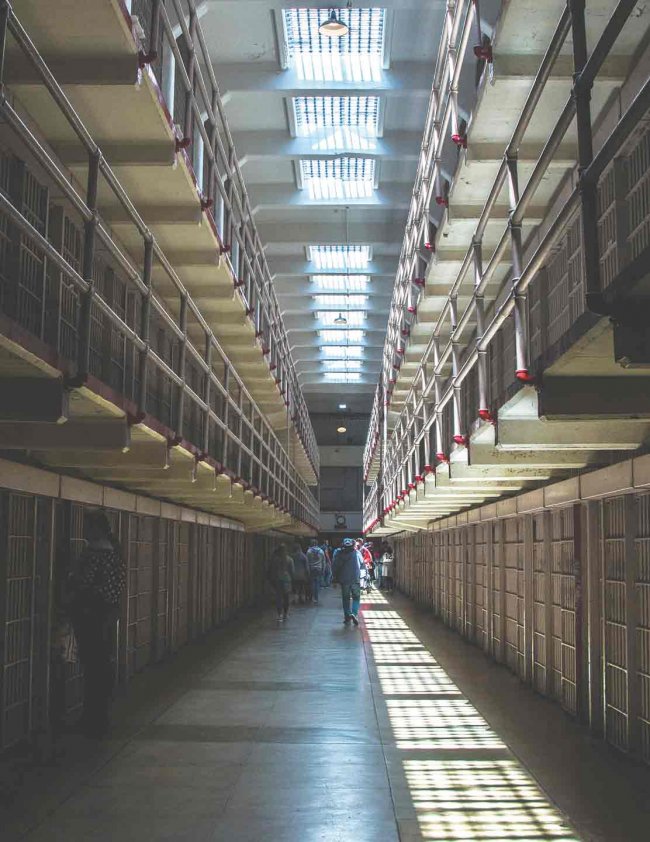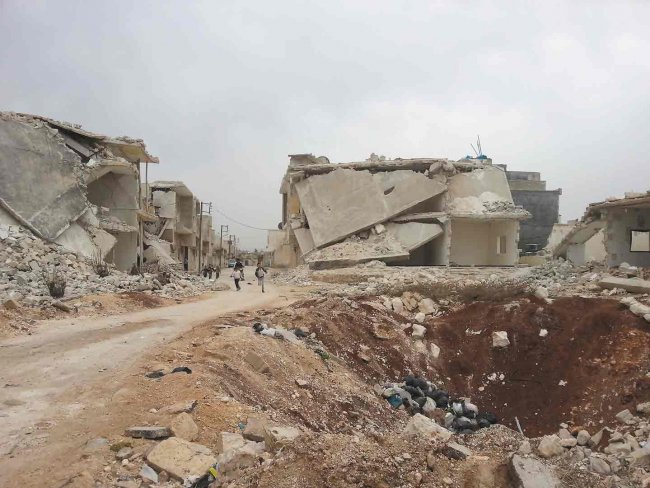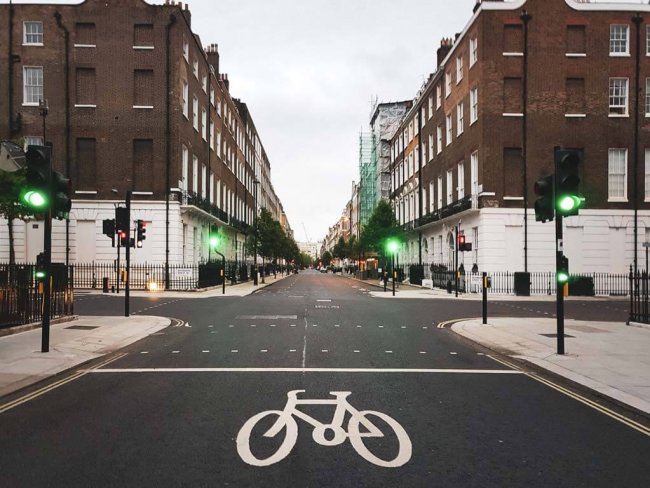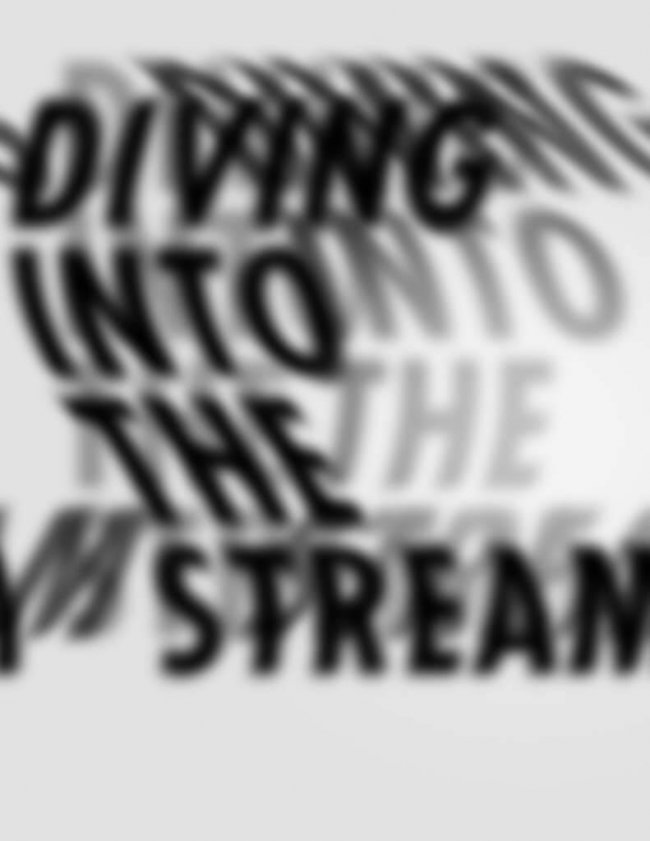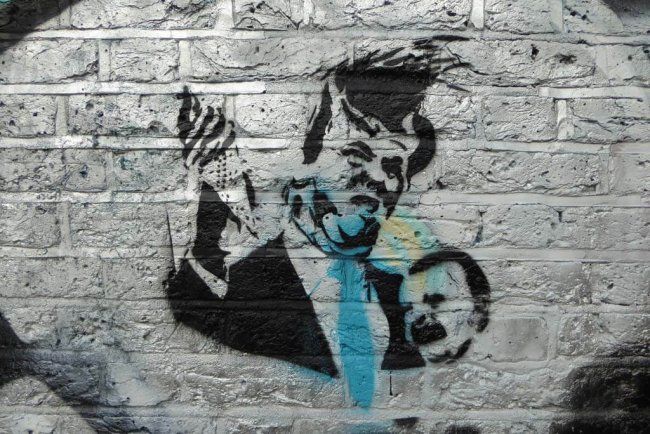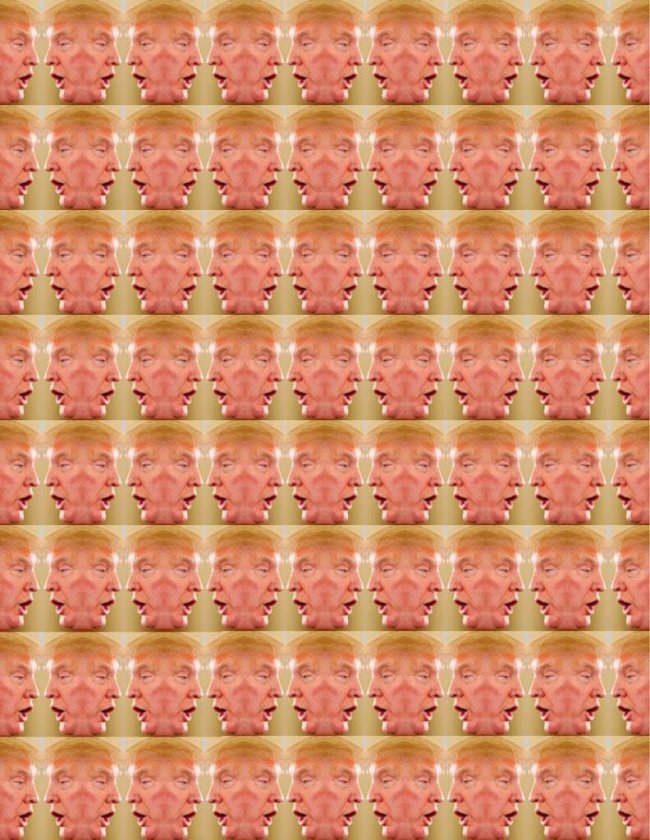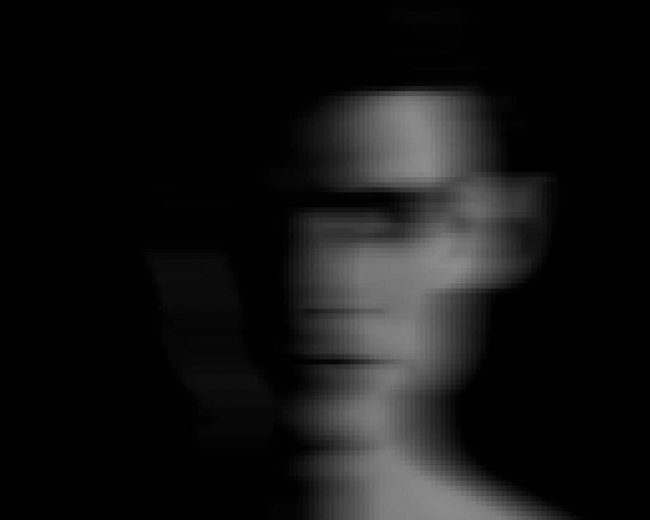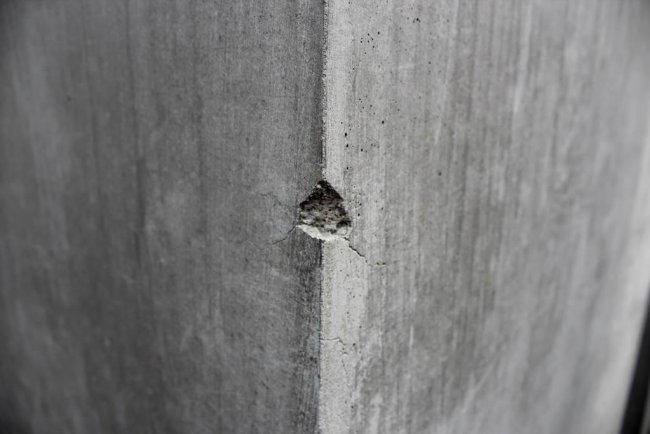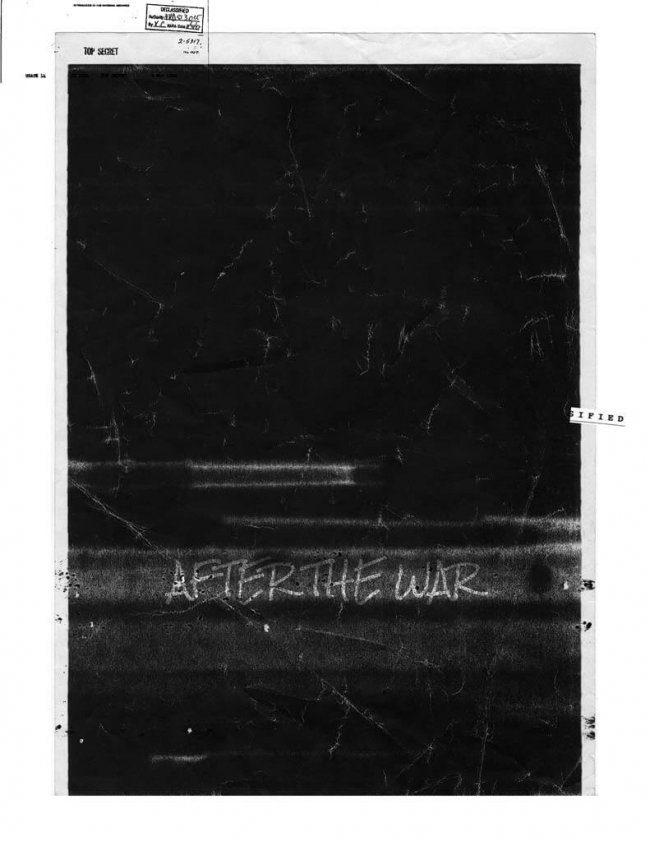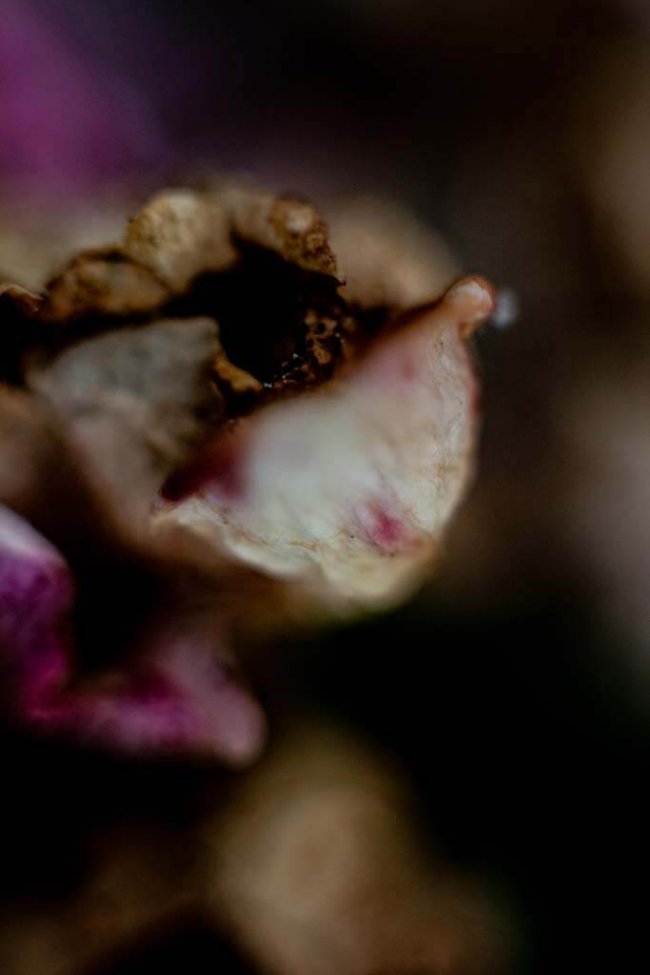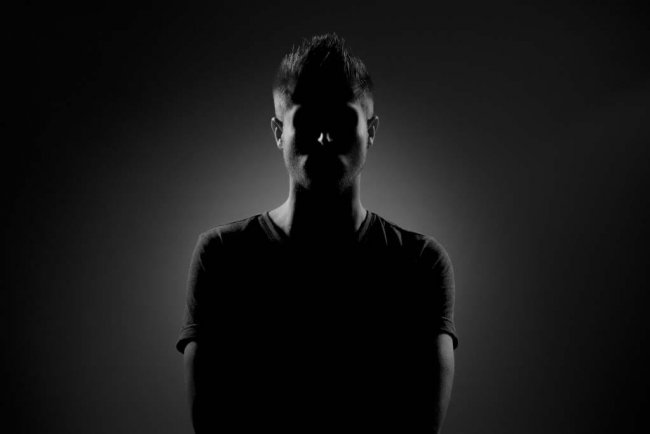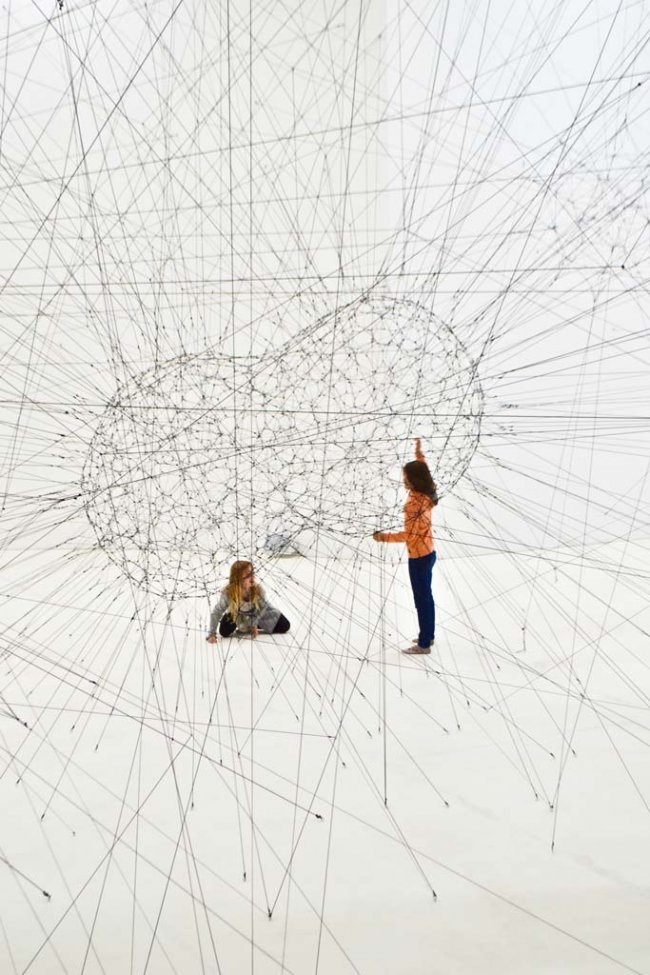FAULT LINES, BLIND SPOTS, & OTHERNESS by Dinah M. Mendes
The impact of the coronavirus pandemic has been seismic in its exposure of systemic cracks and flaws across the spectrum. Assumptions about what once felt relatively predictable in terms of health and economic safety, job and educational security, and expectations for the future have been upended by the destructive course of the virus. And at the national level, in the equally unpredictable convergence of events that determine historical moments, the fault lines of foundational and transgenerational racism that undergird our country have been highlighted.
